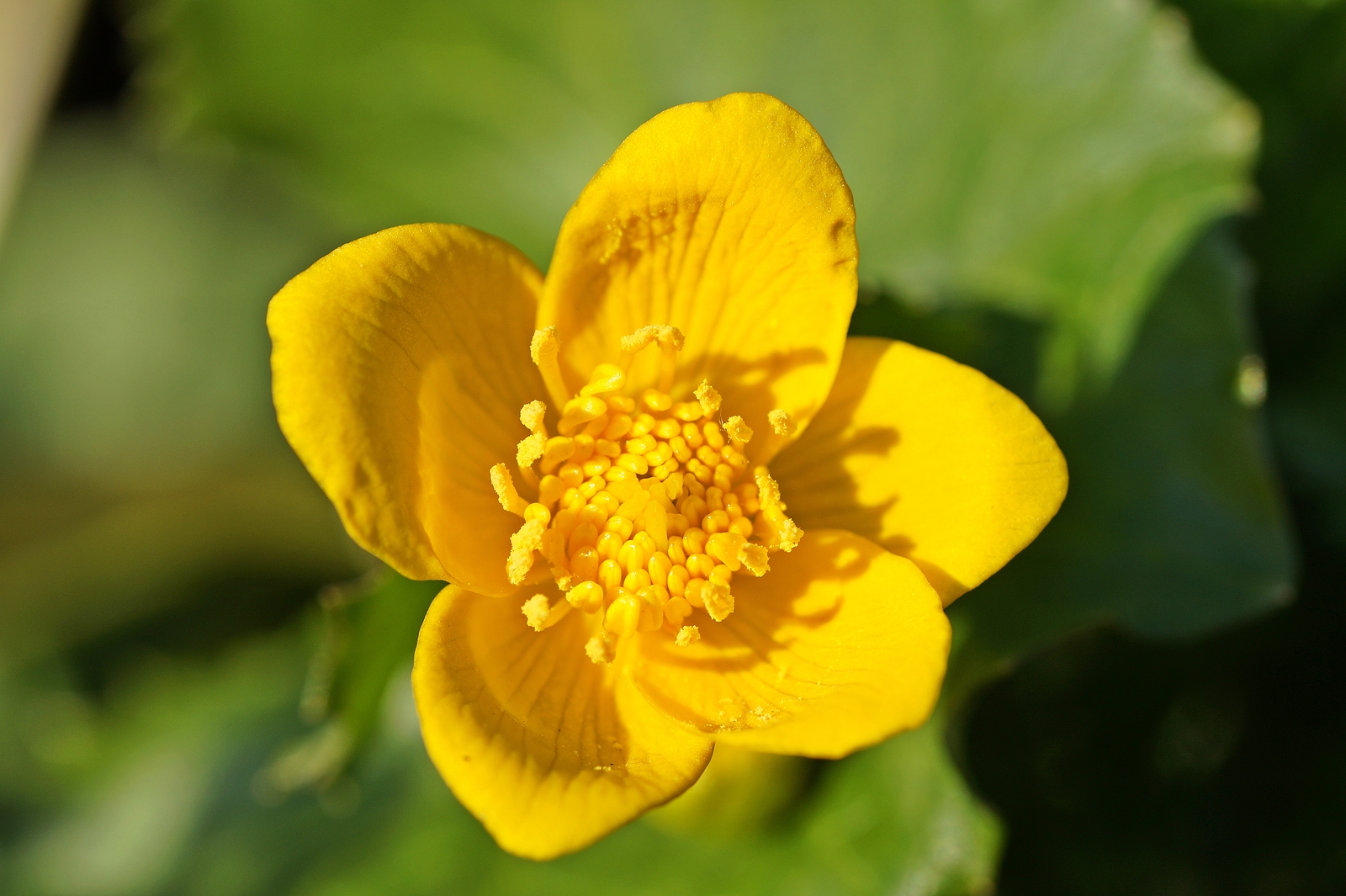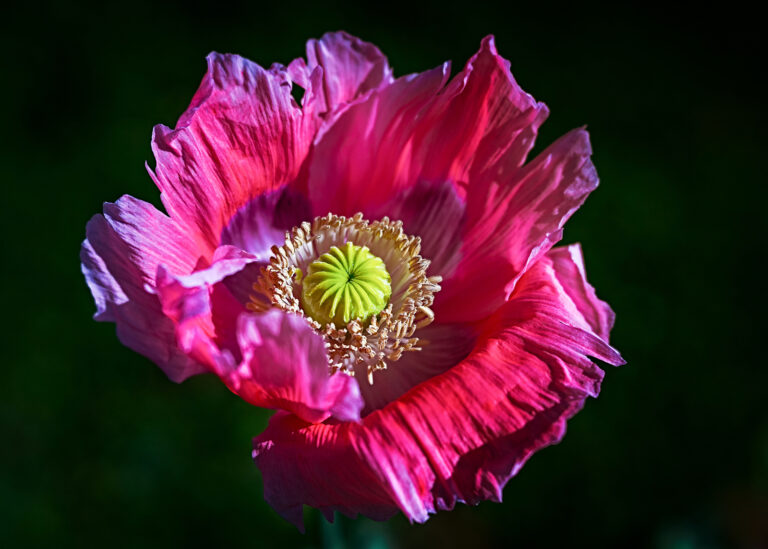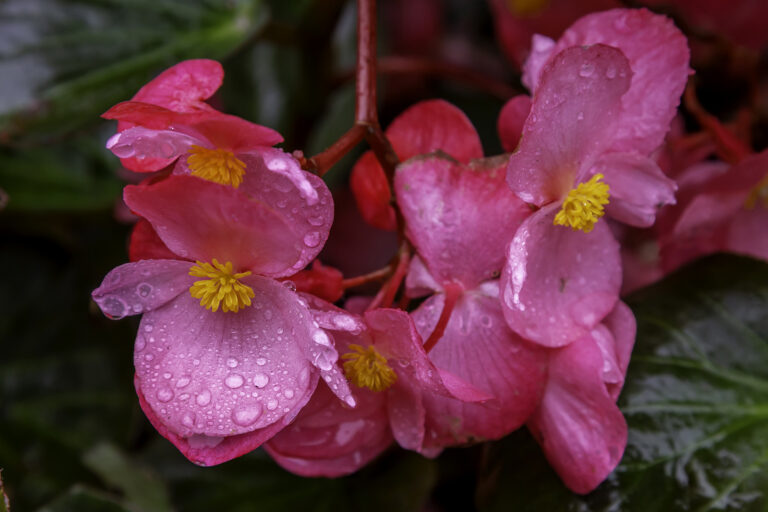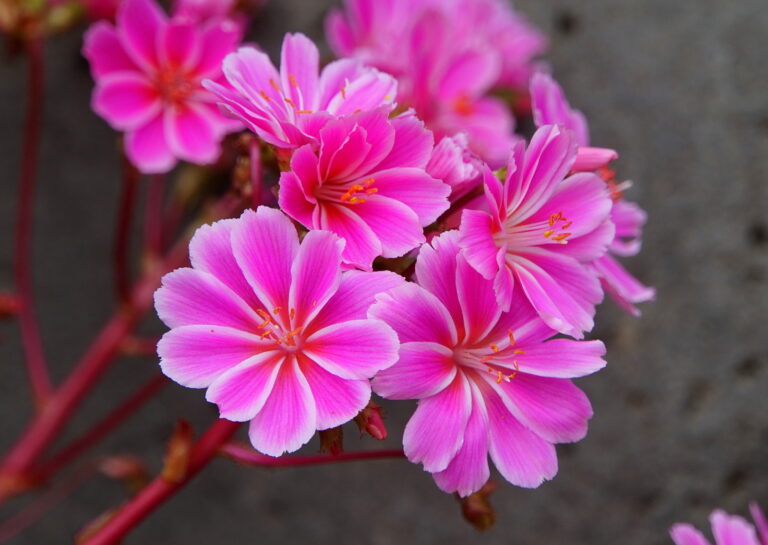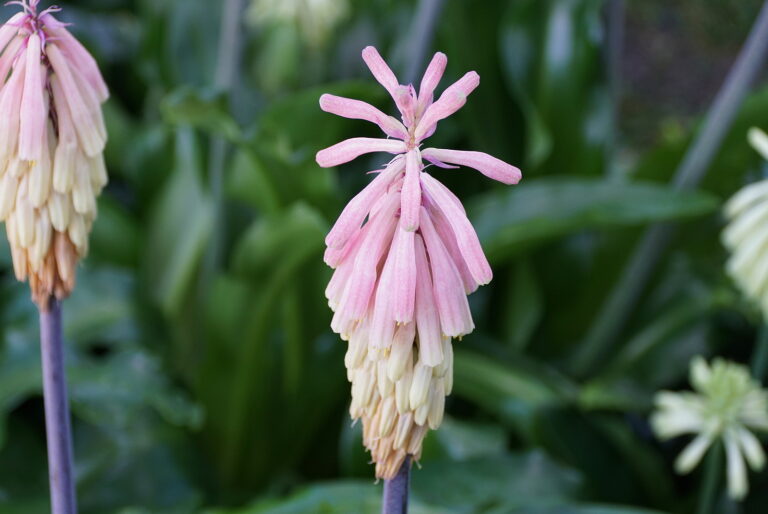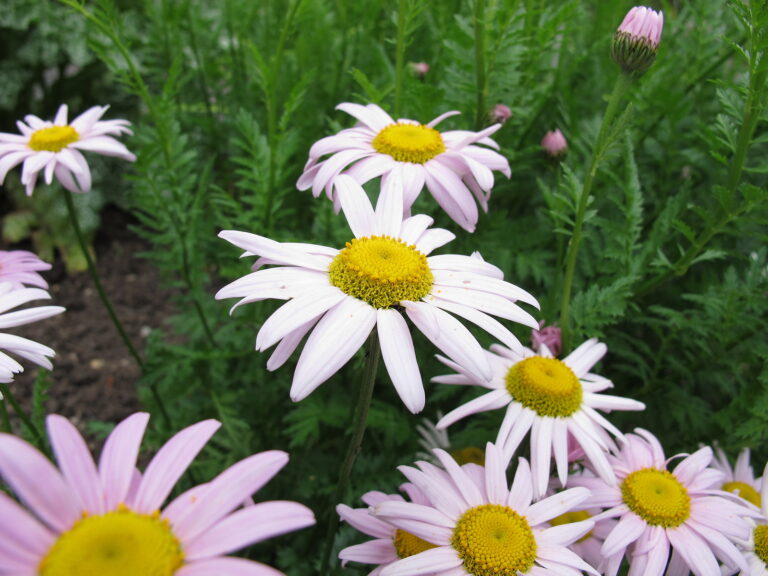How to Grow Marsh Marigold — Caltha
Caltha is a genus of about 10 species of marshland or marginal aquatic perennials. The best-known and most commonly grown Caltha is C. palustris, the marsh marigold. Caltha bears loose clusters of showy golden yellow or white flowers in spring.
Caltha flowers are usually cup-shaped; they appear before the heart- or kidney-shaped leave emerge in spring. Caltha flowers lack true petals; they have petal-like sepals.
Members of the Caltha genus are rhizomatous perennials. All are well-adapted to edges of pools, ponds, streams and other moist locations.
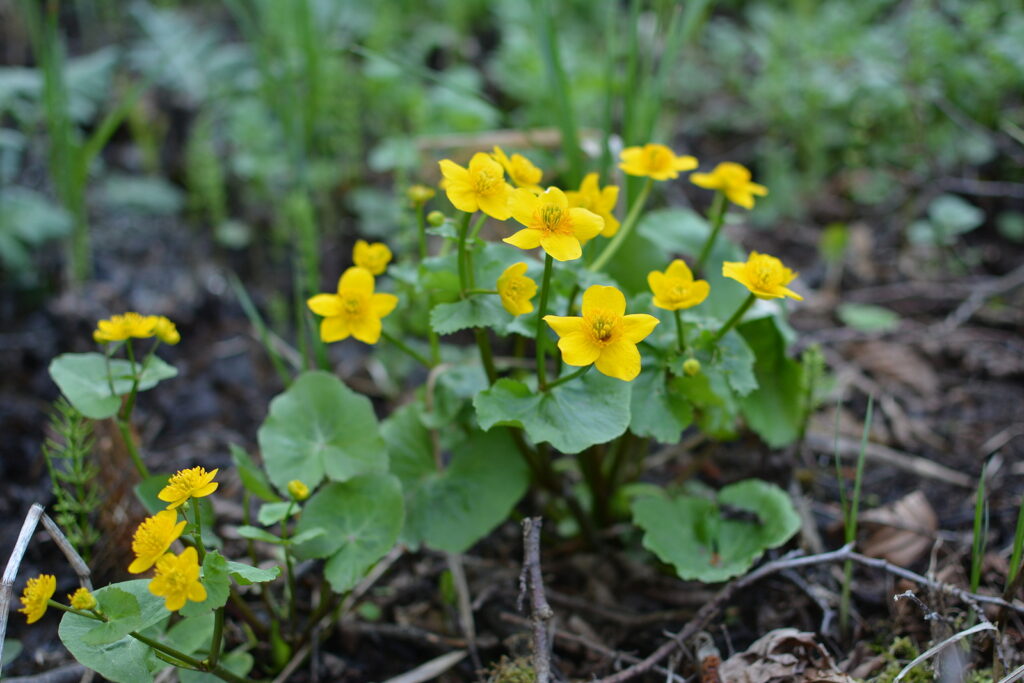
Get to know Caltha
- Plant type: Perennial
- Growing zones and range: Zones 3 to 7
- Hardiness: Hardy to Zone 3
- Height and width: 15 inches (38cm) tall; 15 inches (3 cm) wide.
- Foliage: Attractive, bright green, heart-shaped leaves form foot-tall clumps.
- Flowers: Bright yellow usually cup-shaped flowers.
- Uses: Wet natural garden, low-lying spots where water stands, and for the edge of streams or around water gardens.
- Garden companions: Water forget-me-not (Myosotis scorpioides), water iris, Siberian iris, and other perennials that like wet feet.
- Common name: Marsh marigold, cowslip
- Botanical name: Caltha
- Family name: Ranunculaceae
Where to plant Caltha
- Plant Caltha in full sun or light shade.
- Plant Caltha in constantly moist to boggy soil. At the edge of a stream or pond is ideal.
- Caltha palustris will grow standing up in water to a depth of about 9 inches, shallow water is best. C. palustris can be planted in a container set in shallow water.
- Try Caltha in normal soil if it isn’t too dry.

When to plant Caltha
- Sow Caltha seed in early summer.
- Set container-grown plants in the garden in spring or autumn.
Planting and spacing Caltha
- Space Caltha 18 inches (45cm) apart in wet soil or submerge their crowns in up to 1-inch-deep (2.5 cm) water.
How to water and feed Caltha
- Keep Caltha continuously moist.
Caltha care
- Caltha needs little care.
Caltha pests and diseases
- Caltha can develop powdery mildew and rust.
- Garden pests are not common for Caltha.
Caltha propagation
- Divide Caltha in early spring or late summer.
- If plants become crowded, divide them during their summer dormancy.
- Sow seeds in spring; Caltha self-sows.
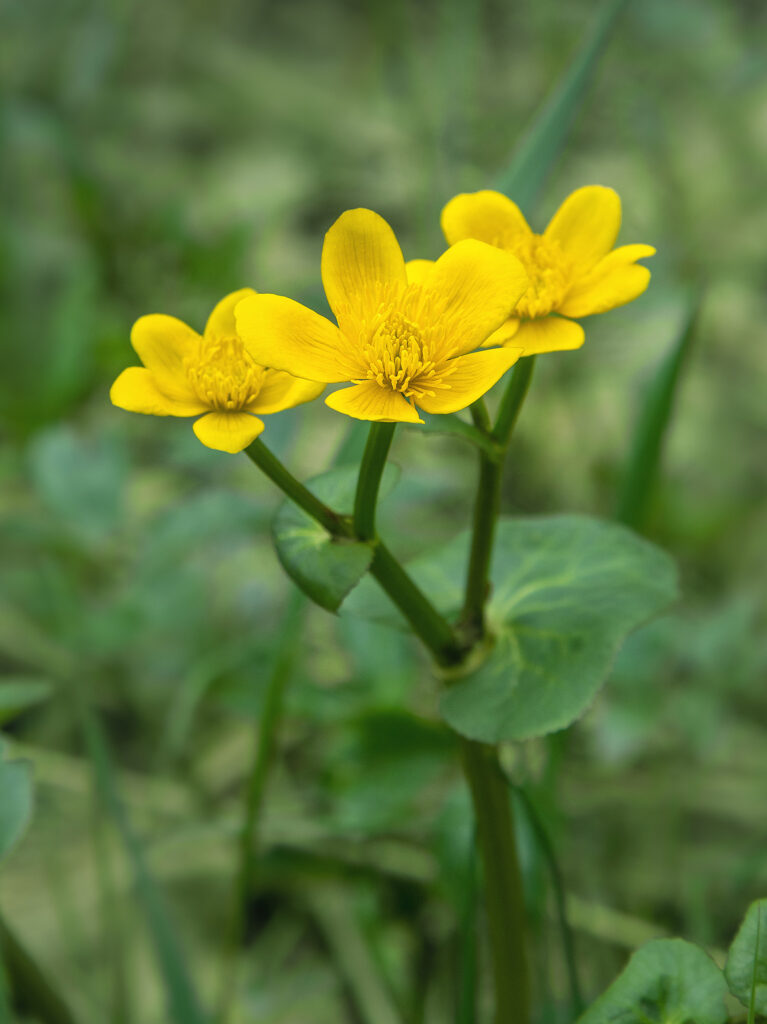
Caltha varieties to grow
- Caltha dioneaefolia: compact, cushion-forming, marshland perennial to 2 inches (5cm) high.
- C. introloba: dwarf, tufted, marshland perennial to 2 inches tall produces large almost stemless white flowers in late winter.
- C. leptosepala, alpine marsh marigold: marginal aquatic perennial grows to 12 inches (30cm) high and wide; bears white flowers often in pairs.
- C. palustris, marsh marigold, kingcup: marginal aquatic perennial grows 4 to 16 inches (10-40cm) tall and 18 inches wide; stems grow 12 to 18 inches tall and bar waxy yellow flowers to 1.5 inches across; may grow in water to 9 inches deep; cultivar ‘Flore Pleno’ has double yellow blooms; it’s an outstanding double form with 2-inch (5cm) yellow flowers. 10 inches (25cm) tall.

